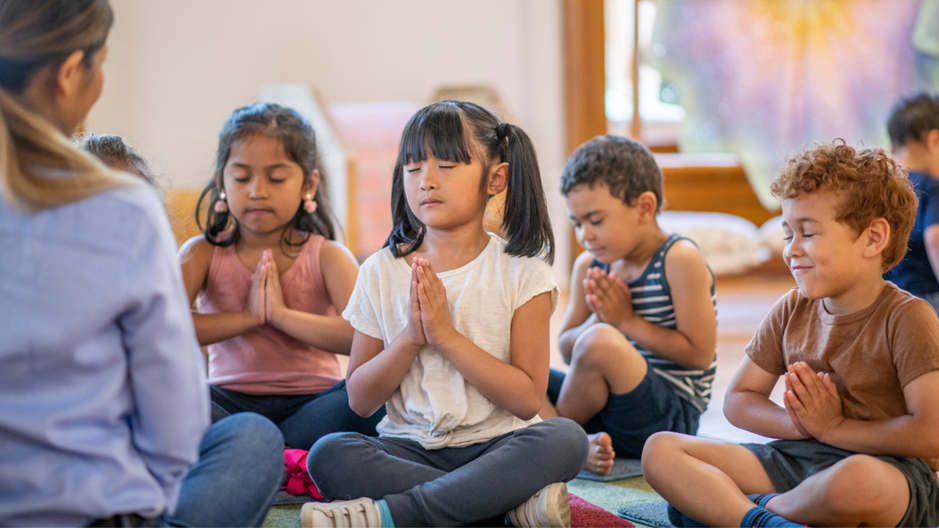Mindfulness and Education: Cultivating Inner Growth in Australia

In recent years, the integration of mindfulness practices into education has been gaining significant momentum in Australia. As educators and students alike recognize the profound impact of mindfulness on academic performance, emotional well-being, and personal growth, schools and institutions across the country are embracing these practices to create a more holistic and balanced learning environment.

Mindfulness in the Classroom: A Path to Academic Success
Mindfulness, often associated with ancient contemplative traditions, has found a contemporary application within the education landscape. This practice involves cultivating present-moment awareness, promoting focused attention, and fostering emotional regulation. Research indicates that incorporating mindfulness in classrooms can lead to improved concentration, enhanced creativity, and increased resilience among students.
Educators are incorporating mindfulness techniques, such as deep breathing exercises, mindful listening, and guided meditation, into their teaching strategies. These practices not only help students manage stress and anxiety but also enhance their overall cognitive skills and academic performance. By encouraging mindfulness, schools aim to equip students with tools that will serve them well beyond their educational journey.
Holistic Development: Mindfulness Beyond Academics
Beyond academic benefits, mindfulness contributes to the holistic development of students. By learning to be present and attuned to their thoughts and emotions, students develop greater emotional intelligence and empathy. Mindfulness practices help students navigate social interactions more effectively, fostering a positive and respectful learning community.
Moreover, mindfulness programs often extend beyond the classroom. Schools are organizing workshops, retreats, and extracurricular activities that allow students to deepen their understanding of mindfulness. This engagement nurtures a sense of connection to themselves, their peers, and the world around them, leading to improved mental well-being and a more balanced approach to life.
Australia's education landscape is witnessing a cultural shift as mindfulness gains prominence in curricula and school policies. Educational institutions are partnering with experts in mindfulness and well-being to design evidence-based programs tailored to students' needs. The integration of mindfulness is not limited to certain grade levels or types of schools; it is a movement embraced by primary schools, secondary schools, and universities alike.
As educators, parents, and policymakers continue to recognize the benefits of mindfulness, this practice is shaping the future of education in Australia. By fostering self-awareness, emotional regulation, and resilience, mindfulness is equipping the younger generation with essential life skills that transcend the classroom.

Conclusion
The incorporation of mindfulness into education is transforming the way students learn, grow, and interact. As Australia's educational institutions acknowledge the importance of nurturing students' emotional well-being and holistic development, mindfulness emerges as a powerful tool to equip students for success both academically and in life. With a focus on cultivating inner growth, mindfulness is becoming an integral part of Australia's educational landscape, paving the way for a more mindful and compassionate society.
